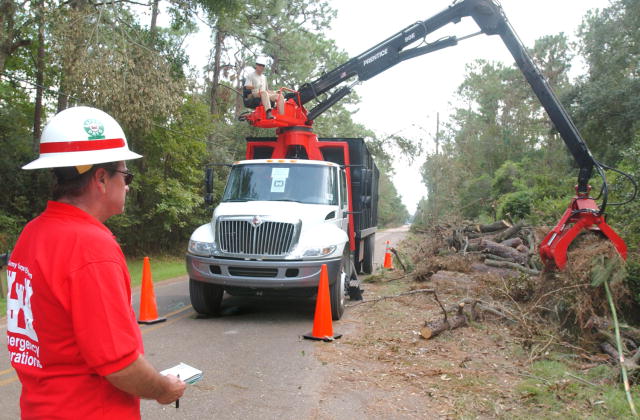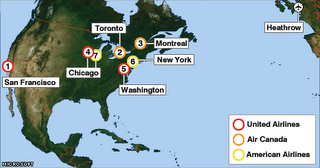Hope Restored

Of course, it’s also important to apply the lessons we’ve learned along the way, and to that end, we’re working closely with our federal, state, and local partners to prepare for Hurricane Gustav’s potential impact. But I want to take just a moment to share some stories of progress along the Gulf Coast.
The hope that President Bush was referring to can be found in places like Boothville/Venice High School, which endured tremendous damage due to Katrina’s storm surge. But thanks to more than $8 million in repairs made possible by FEMA Public Assistance grants, the school now serves more than 200 students in pre-kindergarten through sixth grade.
Additional signs of progress can be seen at St. Margaret’s Daughters Nursing Home in New Orleans’ Lower Ninth Ward, where flood waters rendered the health care facility uninhabitable. With the help of an initial $5.59 million payment for a temporary facility, and an additional $3.7 million, St. Margaret’s was able to reopen in a newly renovated facility last September. All told, FEMA has committed more than $15.9 million in Public Assistance funds for this project.
And to ensure that the city’s law enforcement operations are efficiently coordinated, the New Orleans Police Department moved into its remodeled headquarters earlier this year, thanks in large part to repairs from $6.8 million in FEMA funding. This, of course, is just a portion of the $21.8 million granted to restore the justice complex.
But our goals are not just short-term fixes. We’re focused on rebuilding the region and making structures safer and stronger. For example, just last month FEMA approved the use of more than $96.9 million in Hazard Mitigation Grant Program (HMGP) funds to elevate nearly 3,000 homes in Louisiana. This was one of the largest single HMGP project obligations to date, and represents successful collaboration at the federal, state, and local levels.
We also recognize that the road to recovery involves flexibility and innovation. To that end, we fully supported President Bush’s decision to grant Governor Bobby Jindal’s request that Louisiana be allowed to pay their share of levee improvement costs over 30 years instead of just three.
These examples are just a fraction of the work that is being done and the decisions that are being made on a daily basis in New Orleans and across the Gulf Coast. To be sure, there is much work ahead. But by focusing on priorities such as education, health care, public safety, and housing, we’re helping rebuild lives and communities – and the results are beginning to show. All told, FEMA has provided $11 billion for debris removal, reconstruction, and protective measures, in addition to more than $6 billion in individual assistance grants. (Of course, it is ultimately up to state, parish, and local leaders to decide where and what to rebuild).
But our progress three years after Katrina goes beyond dollars spent and structures restored. We’ve learned invaluable lessons from the storm’s devastation, and as a result, have vastly strengthened our nation’s preparedness and response capabilities. FEMA now is a forward-leaning agency, with 21st century tools capable of handling any type of disaster. Following Katrina, we placed a greater emphasis on building stronger partnerships, preparing for emergencies before they happen, and responding quickly and efficiently when they do occur. As I mentioned, this forward-leaning approach is guiding our preparations for Hurricane Gustav.
So as we mark Katrina’s third anniversary and acknowledge the progress we’ve made (as well as how much work remains), I encourage everyone involved in this endeavor to continue their efforts and recommit themselves to rebuilding this vital region of our country.
The daily work of our Office for Gulf Coast Recovery in Baton Rouge is indicative of our long-term commitment to work side-by-side with the people of the Gulf Coast as they rebuild their homes and communities.
Through the strong partnerships we’ve forged during the past three years, I’m confident that our progress will continue full steam ahead.
General Douglas O’Dell, USMC (Ret.)
Federal Coordinator for Gulf Coast Rebuilding
Labels: FEMA, hurricanes, natural disasters, partnerships, preparedness, Ready.gov










